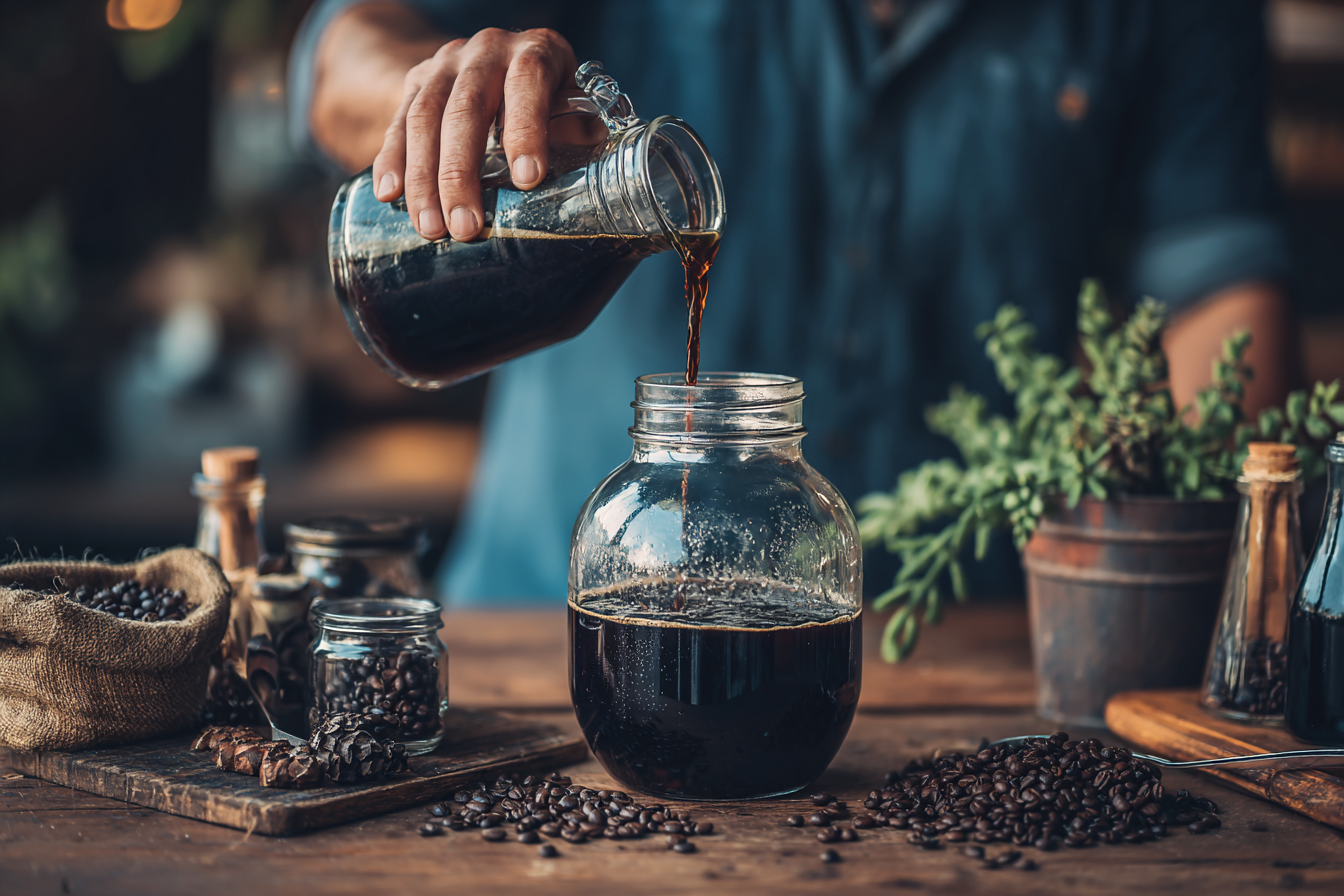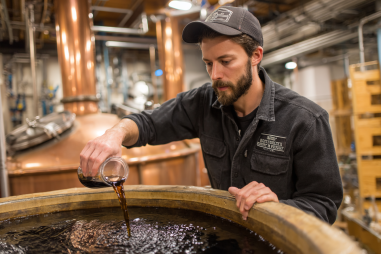Crafting a delicious American stout at home is a fulfilling experience that combines art and science. With its bold flavors, roasted character, and smooth finish, an American stout stands out as a favorite among beer enthusiasts. Whether you’re a homebrewing novice or an experienced brewer looking to hone your technique, following proven tips can elevate your stout from good to exceptional. In this guide, we’ll walk through everything from understanding the style to mastering fermentation and troubleshooting common issues, ensuring your next batch is brewed to perfection.
Understanding the American Stout Style
Before diving into the practicalities of brewing, it’s important to understand what defines an American stout. This beer style is typically characterized by a robust malt backbone, prominent roasted flavors, and a medium to full body. Unlike traditional Irish or English stouts, American stouts often showcase a bolder hop presence, giving the beer a slightly more aggressive bitterness and enhanced complexity. Flavors can range from chocolate and coffee to dark fruits and subtle caramel notes. Knowing these characteristics helps guide your ingredient choices and brewing decisions to produce a balanced and flavorful stout.
Equipment Essentials
Brewing a quality American stout requires reliable equipment, but you don’t need to break the bank. A basic homebrewing setup typically includes the following:
- Fermenter: A food-grade plastic bucket or glass carboy works well.
- Brew kettle: A large stainless steel kettle with at least a 5-gallon capacity is ideal.
- Sanitizing supplies: Proper sanitation is paramount to avoid contamination.
- Temperature control: A thermometer and temperature-controlled environment to manage fermentation.
- Bottling gear: Bottles, caps, and a capper for packaging your beer.
Additional tools such as a hydrometer for measuring specific gravity, a wort chiller to cool the beer quickly, and a digital scale for precise ingredient measurement can significantly improve your results.
Ingredient Selection Advice
Ingredients form the soul of your American stout. Choosing quality malt, hops, yeast, and water ensures your stout’s flavor profile is rich and balanced.
- Malts: Use a base of pale malt or two-row malt combined with specialty roasted malts like chocolate malt, black patent malt, and roasted barley. These provide the hallmark dark color and roasted flavors.
- Hops: American hop varieties such as Cascade, Centennial, or Chinook contribute aromatic and bittering qualities. Aim for a use that complements but does not overpower the malt.
- Yeast: Select a clean-fermenting ale yeast strain that accentuates malt and hop character without introducing excessive fruity esters.
- Water: Ideally, use water with balanced mineral content, paying particular attention to sulfate levels to enhance the hop bitterness and overall flavor clarity.
Brewing Process Optimization
To get the best out of your ingredients, adhering to a well-structured brewing process is essential. Start with a careful mash at around 152°F (67°C) to extract fermentable sugars and preserve mouthfeel. Mash times of 60 minutes are typical, but adjustments can be made based on your desired body.
During the boil, add hops in stages — some at the beginning for bitterness, and some later for aroma. Paying attention to boil vigor and duration (typically 60 minutes) helps develop the right wort concentration.
Once boiling is complete, rapidly chilling the wort to fermentation temperature is crucial to prevent off-flavors and microbial contamination.
Fermentation Temperature Control
Fermentation is where yeast transforms sugars into alcohol and develops the beer’s flavor. For American stouts, maintaining a stable fermentation temperature between 65-70°F (18-21°C) typically yields the best results. Temperatures outside this range might cause stalled fermentation or produce unwanted esters and phenols.
Using a temperature-controlled fermentation chamber or a temperature-stabilizing solution like a swamp cooler with frozen bottles can help keep the yeast happy and your stout tasting great.
Preventing Common Brewing Mistakes
Even experienced brewers occasionally fall into traps that affect their stout.
- Sanitation lapses: Always sanitize equipment thoroughly to avoid infections.
- Improper mash temperatures: Too high or too low temperatures can affect sugar extraction and body.
- Inadequate wort chilling: Slow cooling increases risk of contamination and off-flavors.
- Poor fermentation control: Fluctuating temperatures can stress yeast and cause off-flavors.
Be meticulous at every step, and don’t rush the process. Each stage deserves attention and care.
Aging and Conditioning Tips
Patience is a virtue in stout brewing. Aging your American stout for at least 3 to 4 weeks allows flavors to meld and harsh alcohol notes to mellow. Store your fermenter in a cool, dark place during conditioning to prevent light and temperature fluctuations that can degrade the beer’s quality.
If possible, secondary conditioning can help clarify the stout further and enhance smoothness. This step is optional but often recommended for a fuller flavor experience.
Bottling and Carbonation Insights
Bottling your stout correctly ensures a proper carbonation level and preserves freshness. When priming with sugar, aim for moderate carbonation (around 1.8 to 2.5 volumes of CO2) — too much will create excessive fizz, while too little results in a flat beer.
Use quality caps and ensure bottles are thoroughly sanitized. After bottling, store at room temperature for carbonation to develop, then move to a cooler place for storage.
Troubleshooting Issues
If your stout doesn’t turn out as expected, don’t be discouraged. Here are some common problems and solutions:
- Off-flavors (e.g., sour, vegetal): Often caused by contamination or poor sanitation. Clean and sanitize thoroughly and maintain fermentation hygiene.
- Stuck fermentation: Can result from low yeast viability or incorrect temperatures. Try rousing the yeast or warming the fermenter slightly.
- Excessive bitterness: Reduce hop quantities or shorten hop boil times in future brews.
- Cloudiness: Ensure proper fermentation and allow sufficient conditioning time; consider cold crashing before bottling.
Learning from each batch is key to continually improving your process.
Mastering Your Stout Brew
Brewing an exceptional American stout at home takes practice, attention to detail, and a love for the craft. By understanding the style’s nuances, selecting the right ingredients, maintaining precise control over fermentation, and avoiding common pitfalls, you’ll consistently produce a rich, flavorful stout that showcases the best qualities of this beloved beer style. Remember, every batch is a learning opportunity, and the joy of homebrewing lies in experimenting, refining, and savoring your handcrafted creation. Cheers to your next great American stout!







